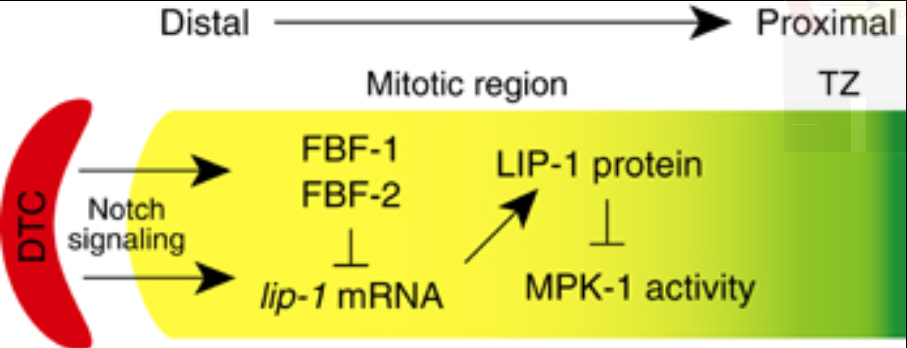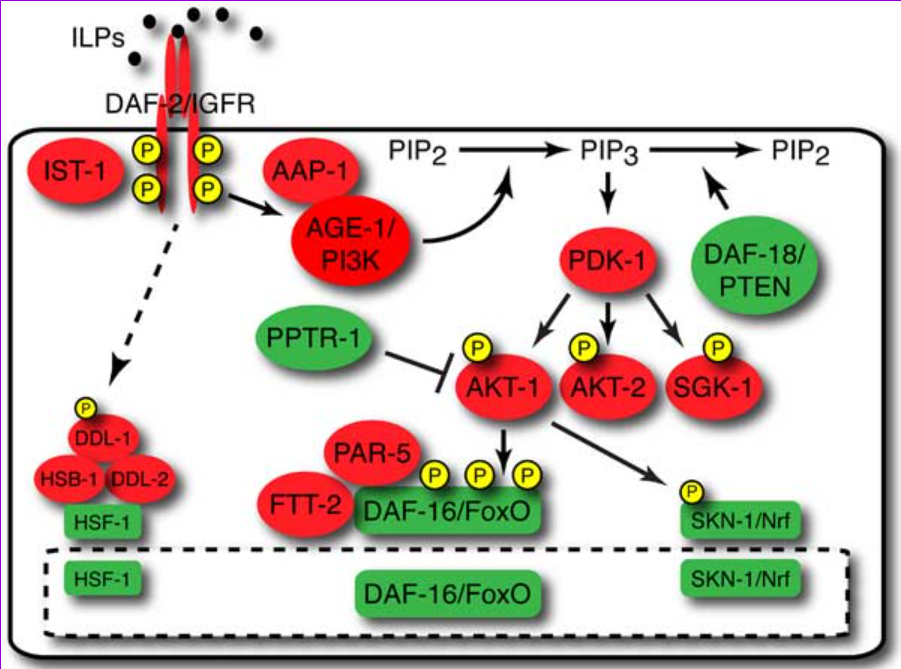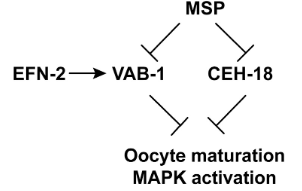Reproductive Biology
Reproductive biology is central to understanding species survival, genetic inheritance, and population health. It encompasses a wide array of processes, from gametogenesis to embryogenesis, and involves intricate genetic, molecular, and cellular mechanisms. Studying these processes is critical for several reasons:
Human Health: Infertility affects 10-15% of couples worldwide, and understanding reproductive mechanisms is key to developing effective treatments.
Population Dynamics: Reproductive success shapes evolutionary fitness and influences species survival.
Developmental Insights: Fertilization and early development are closely tied to cellular mechanisms such as cell division, differentiation, and signaling.
Environmental Impacts: Reproductive systems are highly sensitive to environmental factors like toxins, making them indicators of ecological health.
Advantages of C. elegans in Reproductive Research
While general advantages like transparency, genetic conservation, and tractability are well-known, specific features of C. elegans make it uniquely suited for reproductive biology research:
Hermaphroditism: The ability to self-fertilize simplifies genetic studies while also enabling exploration of sexual reproduction through its naturally occurring males.
Defined Reproductive Anatomy: The fully mapped gonadal structure and cell lineage allow precise studies of germline stem cells, meiosis, and gametogenesis.
Distinctive Germline Dynamics:C. elegans exhibits a proliferative germline stem cell pool that transitions into meiotic divisions, providing a model for studying stem cell regulation.
Reproductive Aging:C. elegans reproductive lifespan and its decline with age mimic mammalian reproductive aging, offering a model to study fertility loss.
Unique Features: The nematode's sperm activation (spermiogenesis) via the major sperm protein (MSP) and the mechanisms of sperm-egg communication are distinct to C. elegans, making it ideal for studying gamete interactions.
Conserved Pathways in C. elegans Reproductive Biology
Multiple studies have highlighted conserved genetic and molecular pathways in C. elegans that regulate reproduction. These pathways are not only central to nematode reproduction but also provide insights into mammalian systems.
a. Notch Signaling in Germline Stem Cell Maintenance
(Click here to learn more about Notch Signaling)
The glp-1 gene inC. elegans (a Notch receptor homolog) ensures germline stem cells remain undifferentiated in the distal gonad. This pathway is conserved in mammals, where Notch signaling regulates stem cell populations in gonads and other tissues.

Figure from (LIP‐1 phosphatase controls the extent of germline proliferation in Caenorhabditis elegans)
b. Meiotic Control and Chromosome Stability
Genes like spo-11 initiate programmed DNA double-strand breaks, essential for homologous recombination during meiosis. These processes are conserved across eukaryotes, with defects linked to infertility and chromosomal disorders in humans.
c. Sperm-Egg Interaction Pathways
Proteins such as spe-9 and egg-1 mediate gamete recognition and fusion. Homologous mechanisms exist in mammals (e.g., Izumo1 and Juno proteins).
d. Insulin/IGF-1 Signaling (IIS) Pathway
The daf-2/daf-16 pathway integrates metabolic signals to regulate reproductive lifespan and fertility. This pathway is conserved in mammals, influencing ovarian function and aging.

Adapt from wormbook
e. Major Sperm Protein (MSP) Pathway
Unique to C. elegans, MSP acts as a signaling molecule that regulates oocyte growth and ovulation, highlighting a specialized reproductive mechanism.

Adapt from (Gαo/i and Gαs Signaling Function in Parallel with the MSP/Eph Receptor to Control Meiotic Diapause in C. elegans)
f. Apoptosis in Germline Regulation
The ced-3 and ced-4 genes mediate physiological germ cell apoptosis, ensuring optimal germline function. Apoptotic pathways in human ovaries play a similar role in regulating oocyte numbers.
g. Hormonal Regulation of Reproduction
Steroid hormone signaling through nuclear receptors like daf-12 regulates developmental decisions (e.g., dauer formation and reproductive growth). Similar mechanisms govern mammalian puberty and fertility.
Accelerate Your Reproductive Research: Comprehensive Genotypic and Phenotypic Services Tailored to Enhance Your Research
Genotypic Services: | Description |
Efficient gene editing tailored specifically for C. elegans using CRISPR/Cas9. (Hyperlink to reach the service detail). | |
Create extrachromosomal arrays and integrate them into genome of C. elegans. (Hyperlink to reach the service detail). | |
Insert single-copy transgenes into the C. elegans genome for stable expression. (Hyperlink to reach the service detail). |
And more Genotypic Services (Hyperlink to reach the genotypic service)


